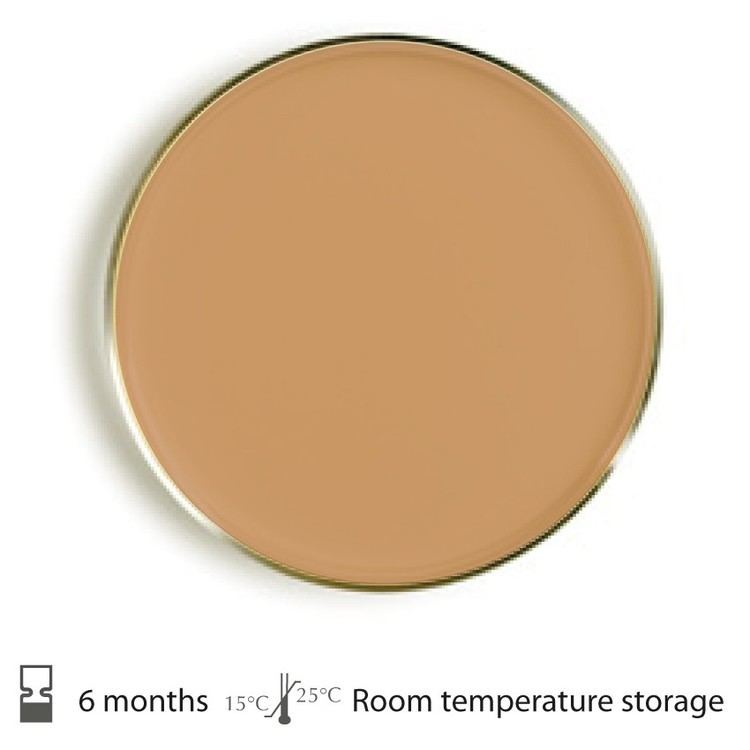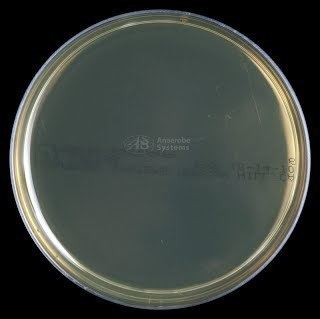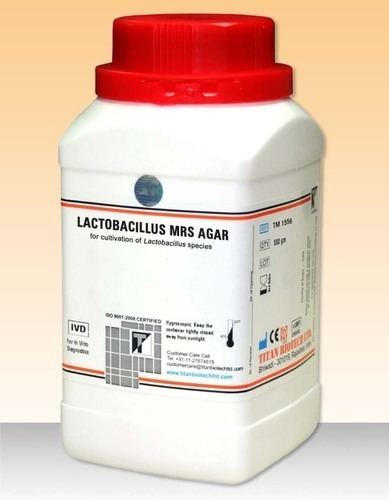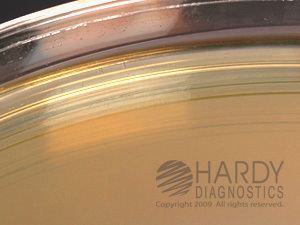 | ||
Often abbreviated to MRS, this type of bacterial growth medium is so-named by its inventors: de Man, Rogosa and Sharpe. Developed in 1960, this medium was designed to favour the luxuriant growth of Lactobacilli for lab study. It contains sodium acetate, which suppresses the growth of many competing bacteria (although some other Lactobacillales, like Leuconostoc and Pediococcus, may grow). This medium has a clear brown colour.

Typical composition
MRS agar typically contains (w/v):


The yeast and meat extracts and peptone provide sources of carbon, nitrogen and vitamins for general bacterial growth. The yeast extract also contains vitamins and amino acids specifically required by Lactobacilli. Polysorbate 80 is a surfactant which assists in nutrient uptake by Lactobacilli. Magnesium sulfate and manganese sulfate provide cations used in metabolism.

